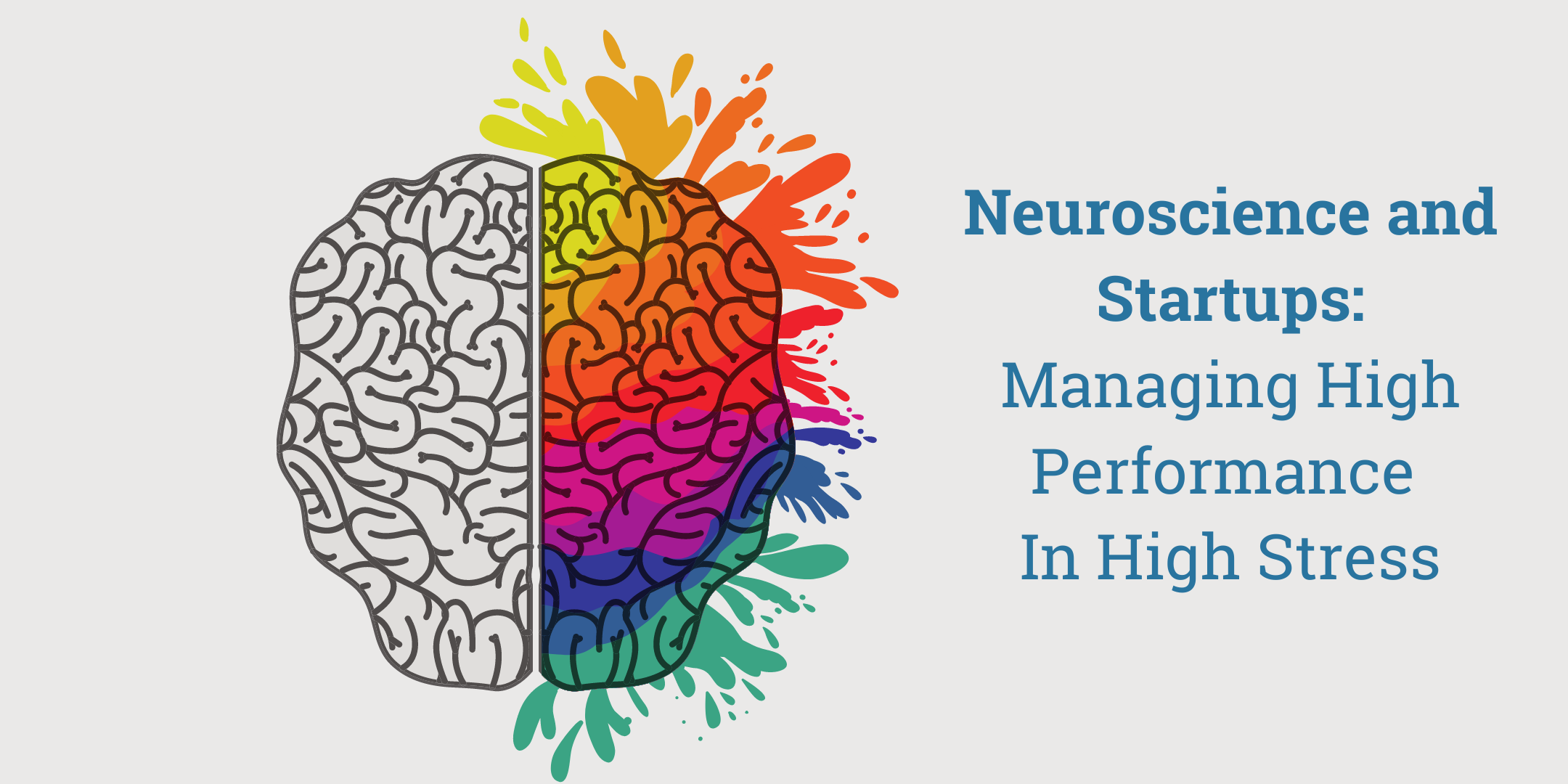When you are leading stressed people in times of stress, you can get performance challenges. Nothing says high stress like startups, which are stressed by external environmentals (like the pandemic) and internal dynamics like constantly retuning the team, the marketing model and often the business model itself. How do you lead an already high stress startup in times of even greater stress?
Through Kauffman Fellows, I recently enjoyed a deep dive with neuroleadership expert David Rock of the Neuroleadership Institute into how leaders can create high performance even during times of ramping internal and external stress. He uses a model called SCARF to help you lead yourself, and your team, to better performance through neuroscience. It works by reducing perceived threats and encouraging feelings of status and belonging (which reduce stress). Let’s jump right in.
Imagine stresses put you on a spectrum of either safe and open, or scared and reactive. You want your people safe, open and ready to react in a flow state. But how they are managed (which you can control) and the environment (which you can’t control) all interact to create each team member’s unique level of stress. As a leader, if you create an atmosphere that frees team members to be in the flow state, they are more apt to perform at their highest levels for you and your customers. So how do you dial in your team?
Take the SCARF assessment to find neuroscience drivers that promote performance:
When you know where you–and your team– are on that spectrum, you can pay attention to to ways you can manage positive emotions proactively at work. Rock goes through tons of research on how lack of control, connectedness or autonomy can make people get MORE stressed–but managing this properly creates dynamic, creative high-performance work places.
Focus on three elements to create a high performing startup through “neuroleadership”
- Clarity. Take options off the table so they don’t worry about them. Like Microsoft “you can work from home forever.”
- Timelining. “This is how/when the decision will be made and how long it will take.”
- Autonomy. Focus question is, “how many synchronous hours does each role require, really?” Outside of the core need of the organization, let them determine their environment.
In addition, he says keep in mind the following as you streamline your team dynamics using neuroleadership principals:
- Design your processes for good people–not the 4-5% bad eggs.
- Ask yourself how many “synchronous hours” you need from each role–so you can give each person maximum autonomy over how, where they work, especially for those who crave autonomy
- When you interact with team members, find a positive SCARF signal to send
It’s not directly related to the SCARF model, but I like another one of his perspectives on the systems leaders build. He says every system has one of these unconscious values systems at work:
- Depletive – take everything you can (like strip mining)
- Exploitive – destroys more slowly through taking advantage, but not at the fastest possible pace
- Sustainable – keeps the balance so can move forward indefinitely
- Regenerative – process adds energy and makes the system actually stronger with practice
What’s the underlying value system of your organization? Just a question worth thinking about next time you’re taking stock.
Learning more about neuroscience and leadership for startups
If you’re inclined to learn more about this model, the Neuroleadership Institute has events that can expand this model for you and David Rock also has a book that goes into detail.

